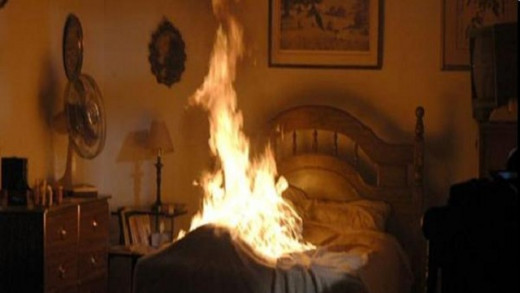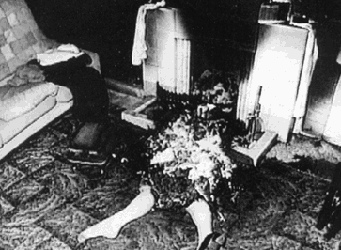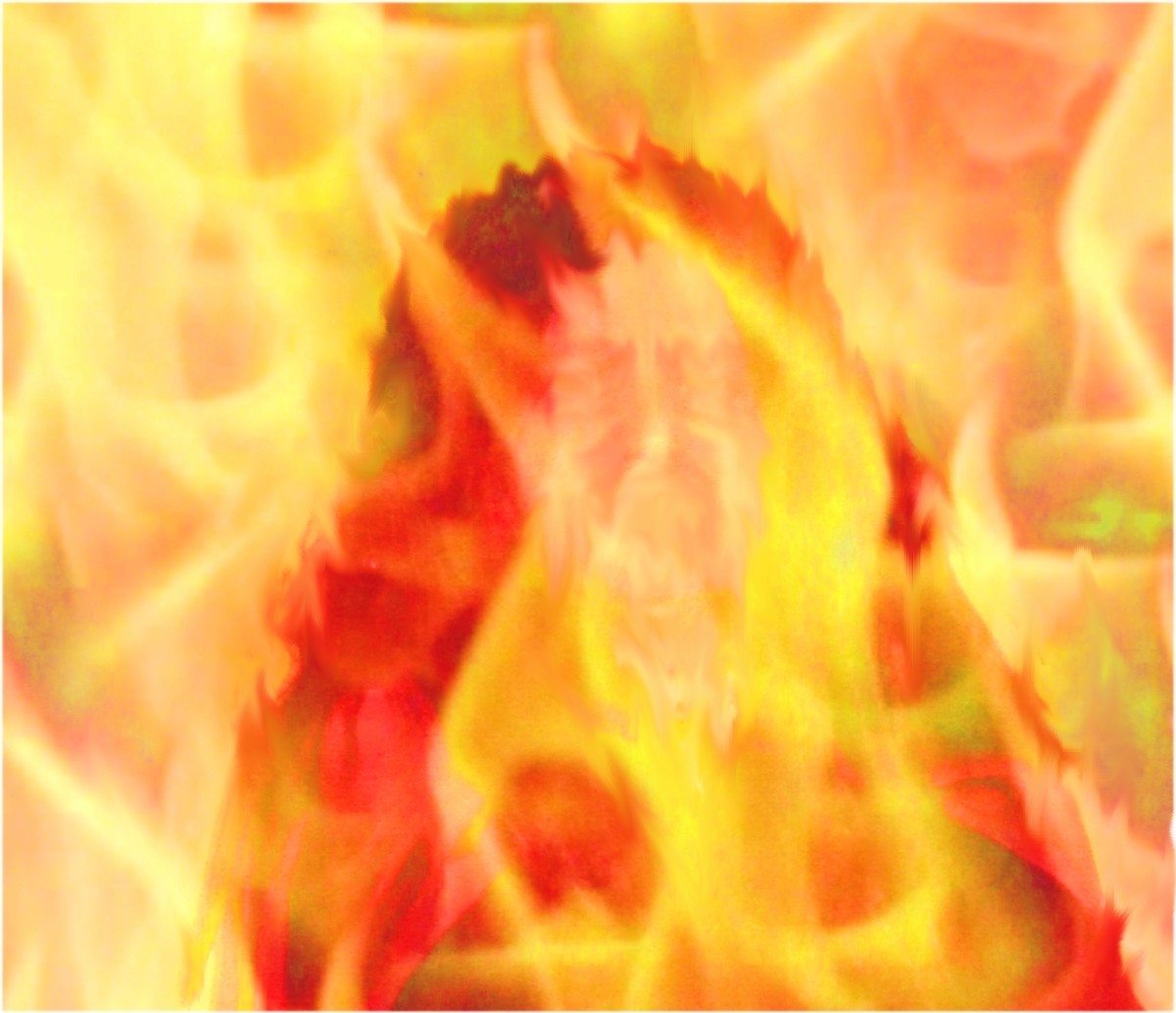Spontaneous Human Combustion: What is it?

What is SHC?
Spontaneous Human Combustion is a mysterious phenomenon that occurs when someone bursts into flames from a chemical reaction within the body and without any apparent external heat source that could have caused the person to ignite. While victims are often found burned beyond recognition, their surroundings show little- if any- signs of a fire. What is also strange is that the extremities (the hands and feet) and sometimes parts of the legs are unburned, while the face and torso are often completely charred. In rare instances, the organs are not affected as well.
While most of the unlucky victims of Spontaneous Human Combustion die, there is actually a small percentage of people who have survived it. Moreover, not everyone who experiences SHC bursts into flames. Some simply develop mysterious burns on their bodies that have not been caused by any known source, while others may emit smoke from their bodies when no fire is present.
*************************************************************

Theories
There are several theories on what causes Spontaneous Human Combustion. One is that it occurs when methane accumulates in the intestines, which is then ignited by the enzymes in our bodies. Another is that SHC is the result of a build up of static electricity inside the body.
However, none of the theories that exist have any scientific evidence to back them up. Consequently, most scientists are skeptical about Spontaneous Human Combustion. One explanation that scientists offer is that supposed cases of SHC were actually caused by the Wick Effect. This theory states that while a person is unconscious, a cigarette or other heat source lights the body on fire and acts like an inside-out candle; the body fat of the person is like the flammable substance and the clothing acts as the wick. "As the fat melts from the heat, it soaks into the clothing and acts as a wax-like substance to keep the wick burning slowly" (How Stuff Works). Scientists say that this is why the bodies of the victims are burned while the surroundings remain virtually untouched. In addition, this may also explain why the extremities are often unburned, since there is usually lower fat content in these areas compared to the midsection of the body.
However, no one yet has conclusively proven or dismissed the idea of Spontaneous Human Combustion.
************************************************************

Cases
The first case of Spontaneous Human Combustion that was mentioned in the history books was that of Polonus Vorstius, an Italian knight during the late 1400s. One fateful evening, he drank two ladles of very strong wine, and it is said that he vomited fire immediately afterwards. He then proceeded to burst entirely into flames. No one else had, had any problems with the wine and weren't able to explain what had happened.
Since then, several hundred instances of apparent SHC have occurred. Below are some of them:
- In 1967, a passenger on a bus in England saw blue flames through an apartment building window and called the fire brigade. When they went inside the building, they found the body of a homeless man named Robert Francis Bailey. One of the firemen reported that he saw blue flames ensuing from a slit in the man's abdomen.
- On July 1, 1951, the burned body of a 67-year-old woman in Florida named Mary Reeser (who also became known as "the cinder lady") was found in her apartment. Her left foot was one of the only body parts that remained intact, as well as her skull (though it had shrunken down to about half its size). This fact was very baffling, as experts said that they would have expected the skull to explode in such intense heat.
- In 1966, a doctor named John Bentley was found dead in his home. His entire body had been burned, except for his lower right leg. The foot of the leg was still wearing his bedroom slipper, which had been completely unaffected by the fire.
- In March of 1953, Allen Small's body was found in his home completely charred from a fire. However, the only damage that occurred to his home was a few scorch marks on the carpet below him. This suggests that he had been standing when the fire ignited.
- In 1982, a mentally handicapped woman named Jean Lucille Saffin was sitting with her 82-year-old father when he noticed a flash of light. When he turned to Saffin, he saw that her upper body was covered in flames. He claimed that "the flames were coming from her mouth like a dragon and were making a roaring noise". Mr. Saffin, with the help of his son-in-law, managed to put out the fire, but Jean died from third degree burns a week later. There was no fire damage or smoke in the room.
- On August 28, 1998, Agnes Phillips caught on fire in her car while on a busy street in Sydney, Australia. Her daughter saw the smoke and with the help of a man who had been passing by, pulled Phillips out of the car. There was no known source found that could have started the fire, and the engine hadn't even been running. Phillips succumbed to her injuries a week later.
- In December of 2010, the incinerated body of 76-year-old Michael Faherty was found in his home in Ireland. The ceiling above him and the floor below were the only areas of the home that had been damaged by the fire. No source that could have ignited the fire was found, and there was no sign that anyone had entered or left the house.
© Jennzie at HubPages
***************************************************************









